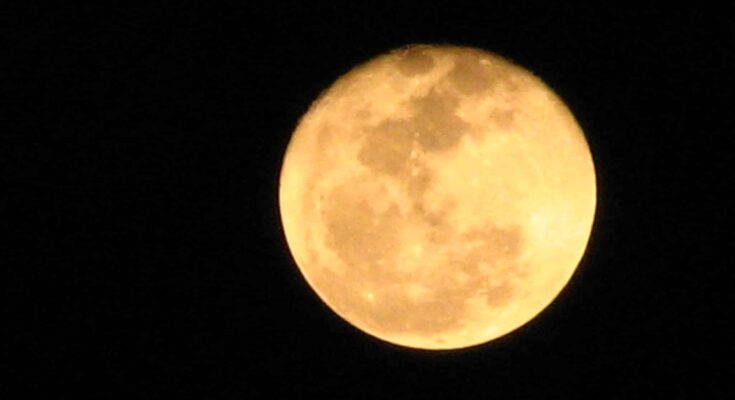Moon phases do not normally make headlines, but blue moons are a completely different story. Blue moon is a designation given to the occurrence of a second full moon within a single calendar month.
This designation also refers to how many moons fit into a so-called tropical year. In a typical tropical year, there are 12, but this year has 13, making the 13th one this year’s blue moon.
August’s blue moon is going to be a notable occurrence. This is because August 2023 also had a blue moon, and two consecutive Augusts with blue moons is a rarity. It gets even more unusual considering that the next blue moon will be in August of 2029.
There is nothing scientifically special about blue moons
Despite August 2023 and August 2024 strangely having consecutive blue moons, there is nothing scientifically significant about this occurrence.
What can be considered remarkable, however, is why this phenomenon has the name it has.
In the 16th century, the phrase “when the moon is blue” denoted an impossibility. Later, in the 19th century, after the eruption of the volcano Krakatoa, the moon did actually appear blue. According to the Oxford English Dictionary, in the 20th century the designation gave rise to the phrase “once in a blue moon”, commonly used to describe something that does not happen very often.
August’s Blue Moon will be the last quasi-remarkable space-related phenomenon in 2024.
2024 has been a great year for space phenomena
2024 has been a great year for space fans, given that there have been a surprising number of space-related phenomena.
Early in April 2024, the world witnessed a total solar eclipse. This is a phenomenon where the moon completely blocks the sun and creates remarkable visual spectacles in some regions of the world.
Also in April, there was a comet that could be seen with the naked eye. It is likely that there will be another one of these later in the year.
It is also likely that these spectacles will carry on into 2025.
Scientists expect the Quadrantids Meteor Shower to take place in early January 2025. it is predicted that in some dark locations, almost 40 meteors per hour from dust grains left behind by an extinct comet will be seen.
For those who have a telescope in their backyard, January will be an exciting month. During this month, Venus will be at its greatest eastern elongation. This means the planet will be at its highest point above the western horizon after sunset.
But Venus is not the only planet that will be visible from close up, as on January 16, Mars will be in opposition. This means the red planet will be the closest to Earth, and thus will be visible all night long.



